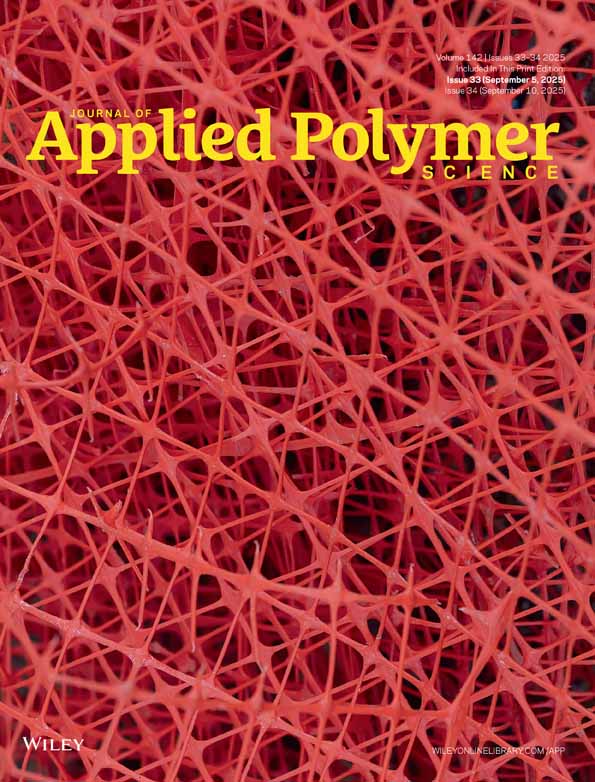Isotactic polypropylene composites reinforced with multiwall carbon nanotubes, part 2: Thermal and mechanical properties related to the structure
Abstract
Polypropylene nanocomposites containing multiwall carbon nanotubes (MWCNT), from 0.1 to 3 wt %, are prepared by dilution of a polypropylene based masterbatch (20% MWCNT) with isotactic polypropylene (iPP) using extrusion processing. CNT are found to enhance significantly the thermal stability of iPP in nitrogen and air atmosphere. Dynamic mechanical analysis and tensile tests confirm the reinforcement effect of small amount of nanotubes in iPP. Rheology, structure, and properties are correlated determine the optimal limits of nanofiller content required for improving the performance of nanocomposites. The rheological flocculation threshold of φ* = 0.5% is found as a critical concentration for the formation of a flocculated type of structure in the dispersions. It is proposed, that the flocculated structure is responsible for the maximal improvement of nanocomposite mechanical and thermal properties. The MWCNT additive slightly enhances the local dynamics of iPP molecules in the glass transition region and suppresses the global relaxation of the chain segments in the amorphous regions, resulting in a reinforcement effect. The fracture mechanism is discussed and associated with the hierarchy of the flocculated nanocomposite morphology and the bridging of matrix cracks by CNT. © 2009 Wiley Periodicals, Inc. J Appl Polym Sci, 2010




